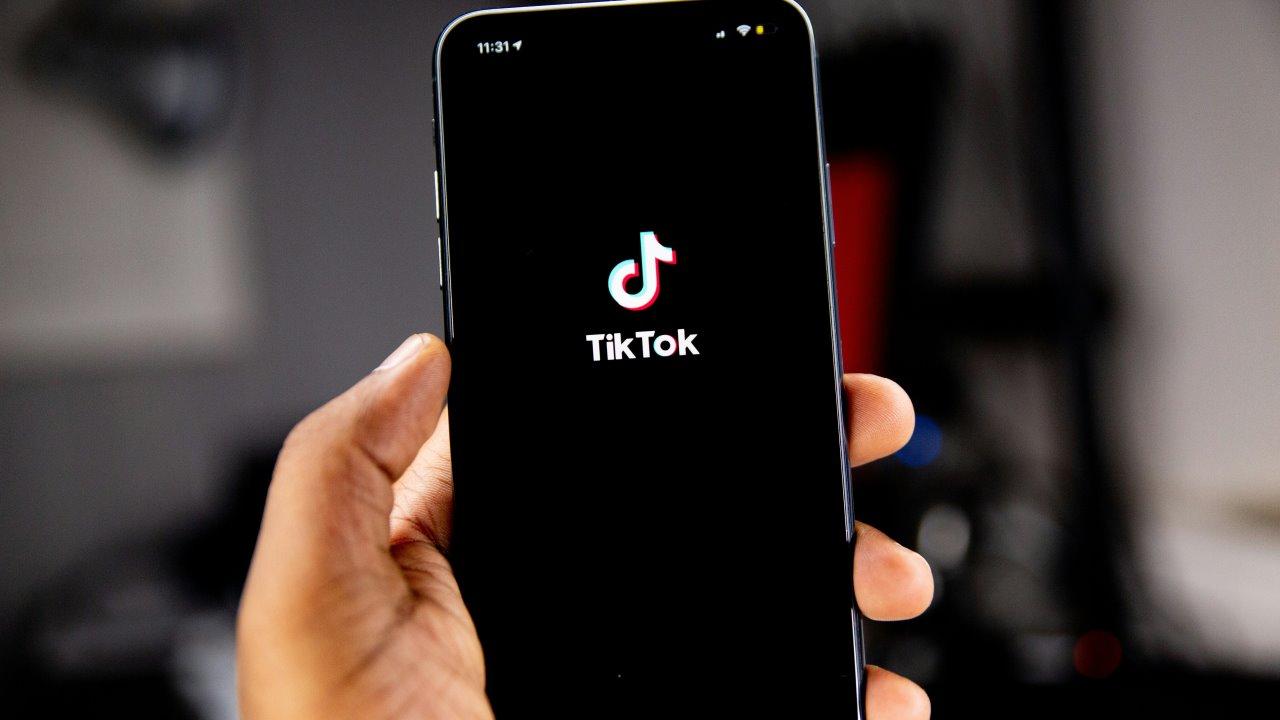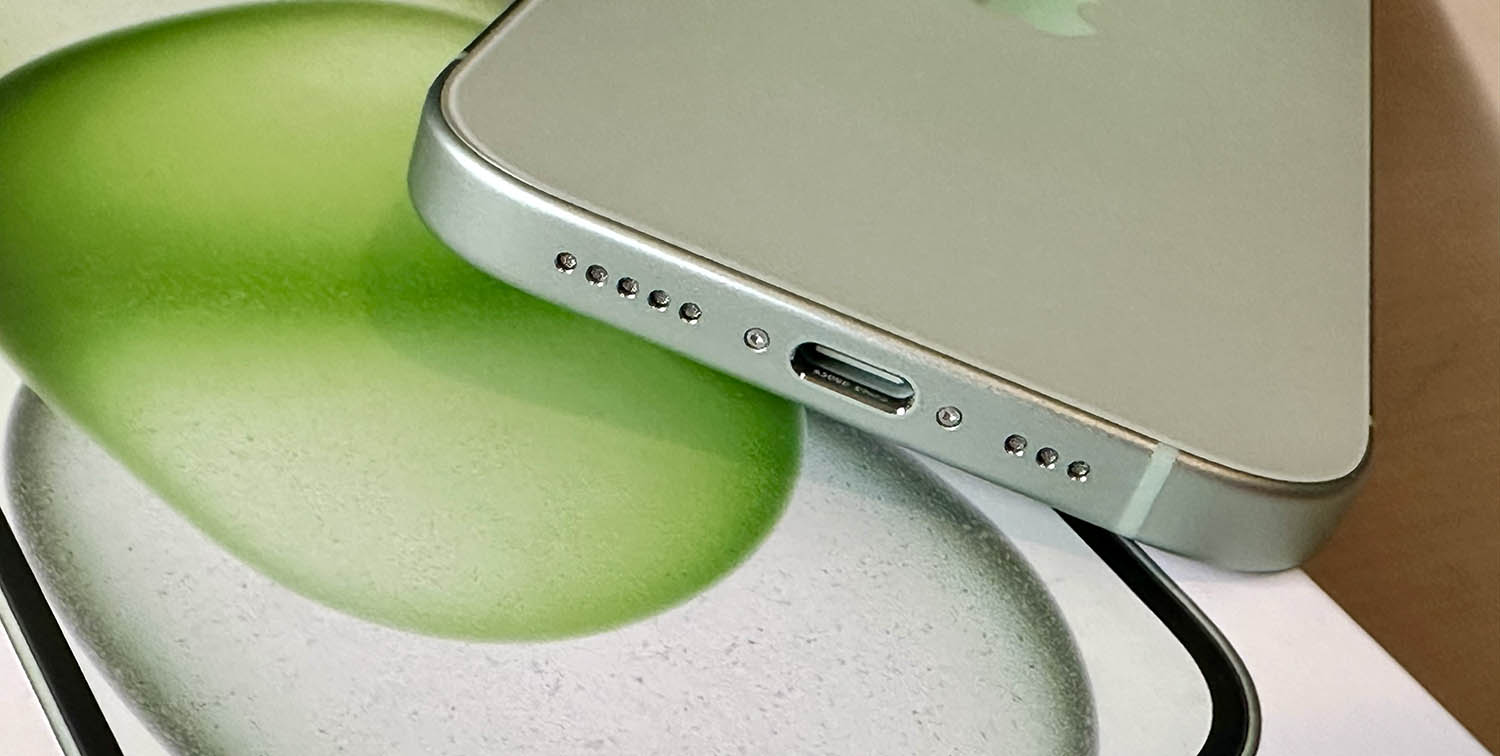Cybersecurity has always been a serious topic, but what would you think if I told you that even your toothbrush could be the victim of a cyberattack? It seems like a joke, but a real case that occurred in Switzerland has shown that the most unexpected devices can become a target for cybercriminals. In this article I will tell you all about this surprising incident and how you can protect your smart devices.
When we talk about cybersecurity, we usually think of computers, mobile phones or even bank accounts. However, the Internet of Things (IoT) has expanded the scope of threats. From connected appliances to personal gadgets, cybercriminals are finding more and more ways to infiltrate our daily lives. If you thought your toothbrush was safe, this case will make you think again.
The case of the hacked toothbrush in Switzerland
The incident occurred in late 2024, when a group of Swiss researchers discovered that a specific model of smart toothbrush was being used to collect users’ personal data. This device, designed to send information about dental hygiene habits to a mobile application, contained vulnerabilities that allowed attackers to access the user’s home network.
The investigation revealed that hackers used the toothbrush as a gateway to access other devices connected to the same Wi-Fi network. From televisions to security cameras, attackers could intercept sensitive information or even control these devices remotely.
Most alarming is that the vulnerability was not known to either manufacturers or users, leaving thousands of people exposed for months. This case highlighted the importance of security in IoT devices, especially those that we consider harmless.
How to protect your IoT devices?
Fortunately, there are simple steps you can take to protect your smart devices and avoid becoming a victim of similar attacks. Here are some recommendations:
Keep your devices up to date
Manufacturers often release software updates to fix vulnerabilities and improve security. Be sure to install these updates as soon as they are available. An outdated device is an open door for cybercriminals.
Set up a secure Wi-Fi network
Your home network is the first line of defense. Use strong passwords and enable WPA3 authentication if your router allows it. Additionally, consider creating a separate network exclusively for your IoT devices.
Disable unnecessary functions
Many devices come with features enabled by default that you don’t always need. Disable those you don’t use, such as remote access, to reduce the risk of attacks.

Use unique and strong passwords
Never use the default password that comes with the device. Create a unique key, with a combination of letters, numbers and symbols. And, of course, avoid reusing passwords on different devices.
Review privacy settings
Take a few minutes to review your device’s privacy options. Make sure that the permissions granted are strictly necessary and disable data collection that is not essential. The case of the hacked toothbrush in Switzerland reminds us that no connected device is completely safe from cybercriminals. As the Internet of Things continues to grow, so do the associated risks. The good news is that with basic security measures we can significantly reduce our vulnerability.
So, the next time you connect a smart device, remember that your security depends on you too. Cybersecurity is not just for experts; It is a shared responsibility that begins at home.













